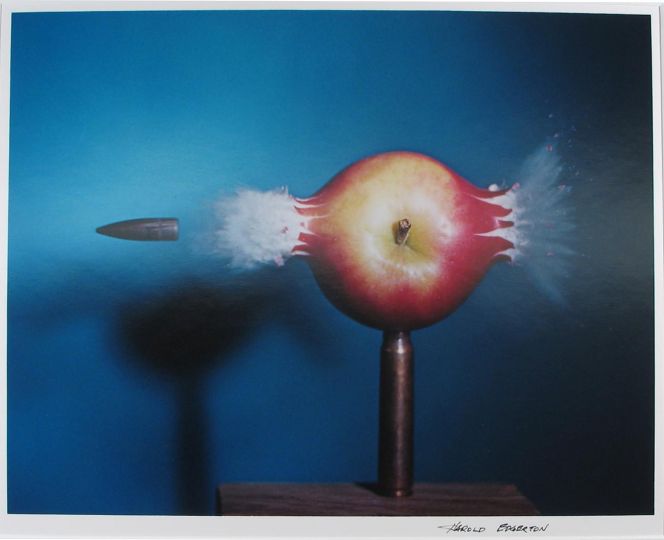Uta Barth (born in West Germany, 1958) makes photographs that investigate the act of looking. In her multipart works, she explores the ephemeral qualities of light as well as its ability to affect optical perception. Uta Barth: Peripheral Vision traces Barth’s celebrated career from her early experimentations while a student to later studies that probe the eye’s capacity and the camera’s role in translating visual information into a photograph. Organized chronologically, with sections dedicated to her most prominent series, the exhibition presents the first overview of the artist’s career in over twenty years.
“For nearly 40 years, Uta Barth has worked in Los Angeles, garnering international acclaim for her innovative perspective and signature approach,” says Timothy Potts, Maria Hummer-Tuttle and Robert Tuttle Director of the J. Paul Getty Museum. “Through teaching, extensive exhibitions, and publications, she has influenced an entire generation of new artists who appreciate the ways she has challenged traditional notions of photography as a carrier of objective information. This exhibition will provide a critical overview of the evolution of her work from its earliest days as a student to the present day.”
Barth’s early works (1978-1990), many exhibited here for the first time, explore a wide range of ideas, from how she used her body to challenge academic theories of the gaze to the various ways framing with a camera can influence the perception of our surroundings. In the mid-1990s, Barth began creating photographs that erased the traditional subject. The two resulting series, Ground (1992-1997) and Field (1994-1996), depict interiors and landscapes that are intentionally blurred, a visual effect achieved by focusing her camera on a plane of space unoccupied by a subject. These images are suggestive and often elusive, rather than descriptive, and are reminiscent of the forms that peripheral vision enables us to see out of the corners of our eyes. By eliminating a specific subject, she prioritizes self-reflection and encourages viewers to consider the act of looking itself.
Working predominantly in and around her home and studio since the late 1990s, Barth has documented the movement and play of sunlight on walls and furniture over the course of days, weeks, and months. Many of these works highlight the ways light can alter our understanding of spaces that otherwise become so familiar in our daily lives that we cease to notice them. This newfound view of our surroundings presents a shift in emphasis from the depicted subjects to the passage of time itself through the subtle shifts in shadows that are the primary concern of several series, including …and of time (2000), …and to draw a bright white line with light (2011), and Untitled (2017).
Over the last 20 years, a central concern of Barth’s artistic practice has been exploring the limits of visual perception by using the camera to approximate afterimages, the optical phenomenon of continuing to see a version of what you just witnessed after closing your eyes. The series white blind (bright red), 2002, Sundial, 2007, and most recently …from dawn to dusk. (2022), a new body of work commissioned by the J. Paul Getty Trust in 2018 to commemorate the 20th anniversary of the opening of the Getty Center, visualize this effect through multi-panel works that include both faithful depictions of an environment and views with inverted colors that suggest abstracted forms. This combination alludes to the viscerally disorienting state of being overwhelmed by light.
“…from dawn to dusk is perhaps Uta Barth’s most ambitious project to date. It distills into a series of photographs the ephemeral and atmospheric qualities produced when the materials that comprise the Getty Center are bathed in Southern California’s unique light,” explains Arpad Kovacs, Assistant Curator of Photographs. “I have had the great pleasure to observe the artist’s creative process as this project took shape over several years of planning, photographing, and during the many phases of production and am excited for our visitors to experience it in person.”
The exhibition is curated by Arpad Kovacs, Assistant Curator of Photographs. Accompanying the exhibition is a companion book, Uta Barth: Peripheral Vision that will be published in 2023.
The exhibition is supported by Catherine Glynn Benkaim and Barbara Timmer. Additional support has been provided by Visionary Women.
Uta Barth : Peripheral Vision
through February 19, 2023
Paul Getty Museum
1200 Getty Center Dr
Los Angeles, CA 90049
https://www.getty.edu/museum/
















